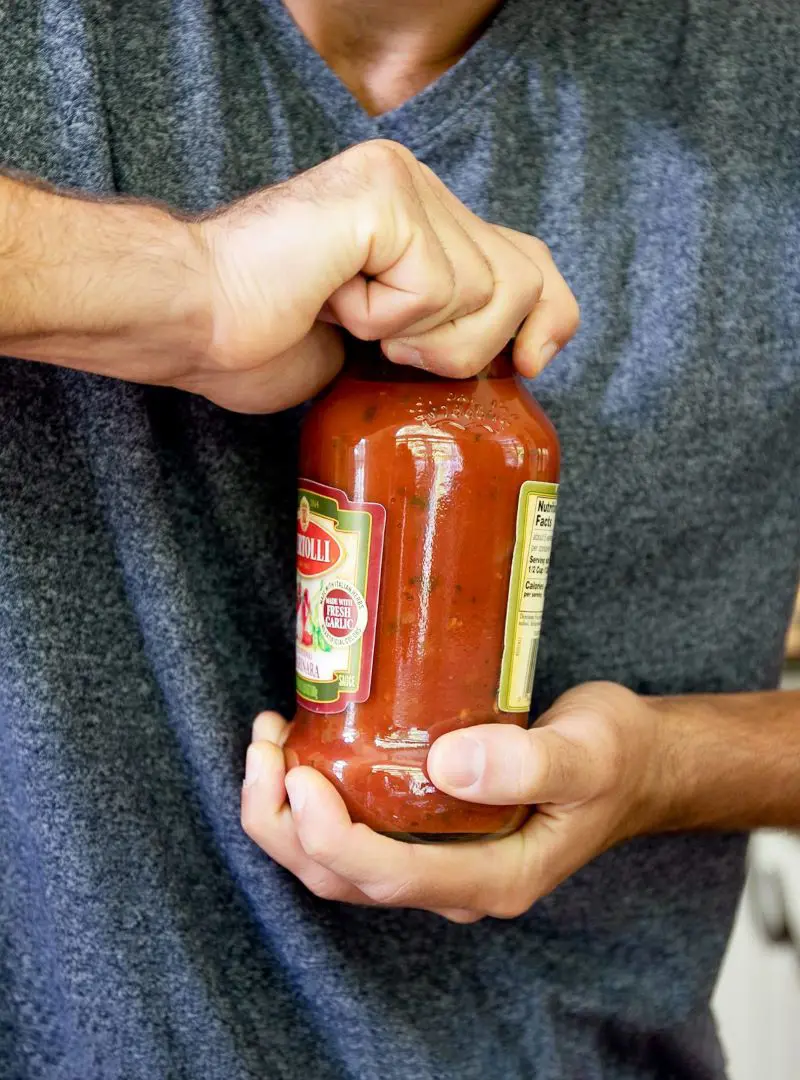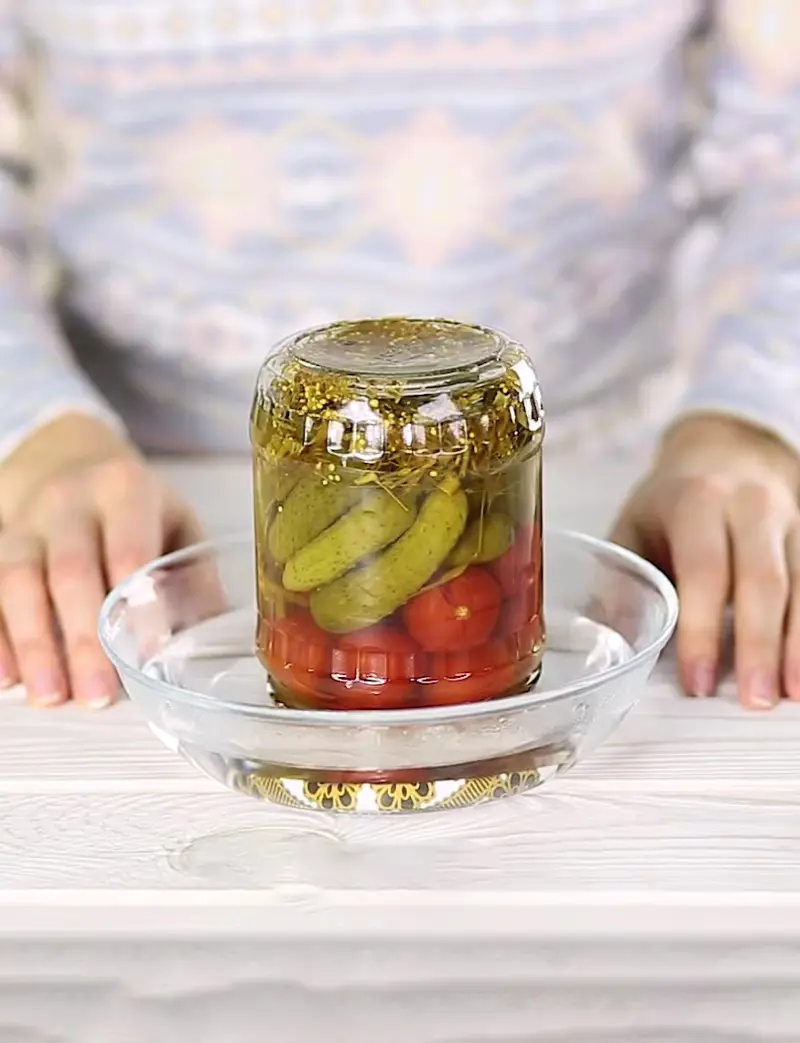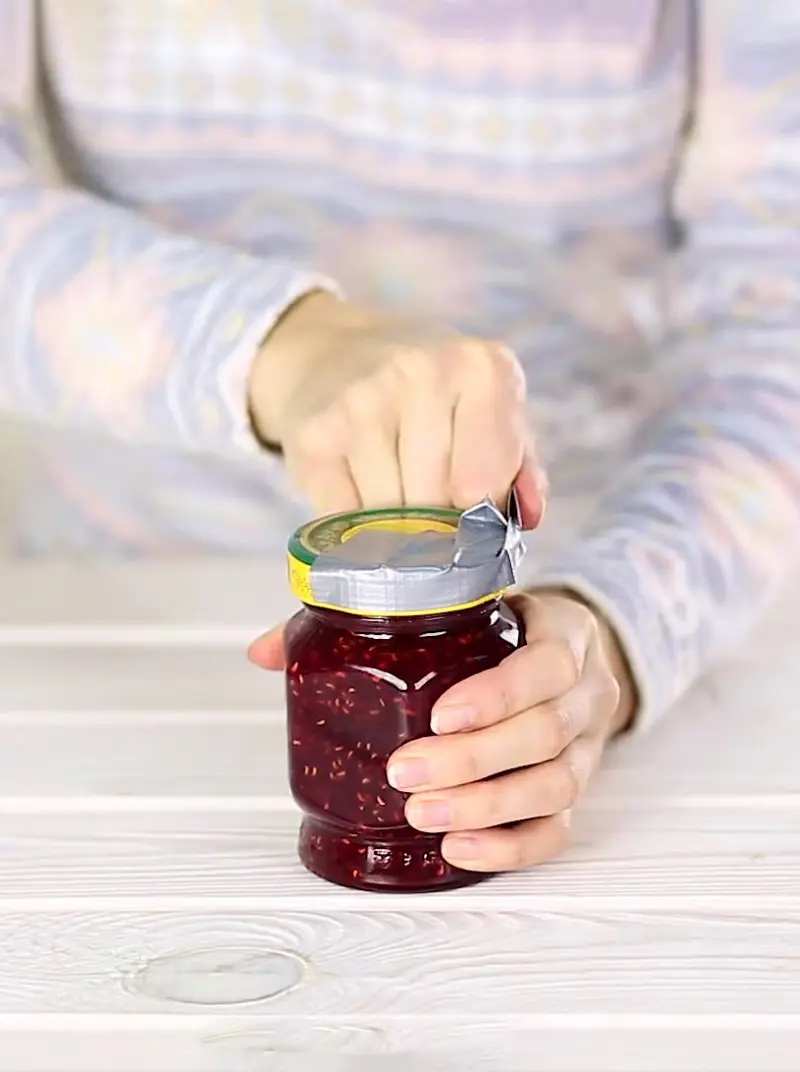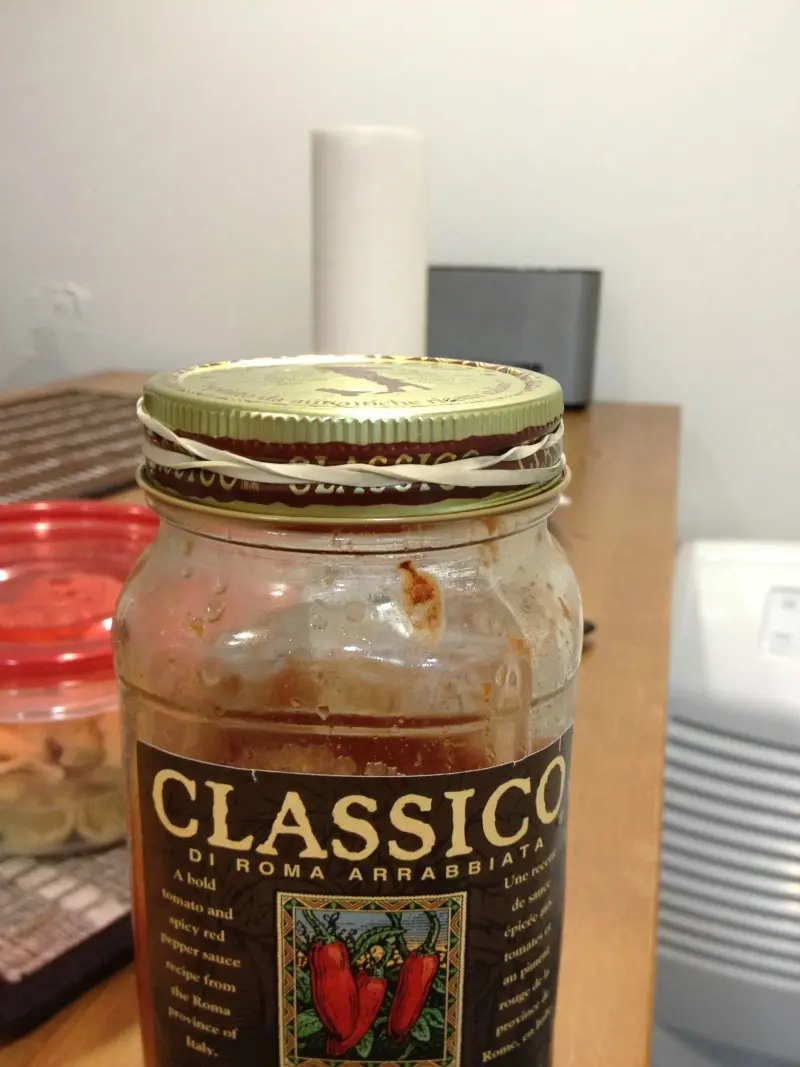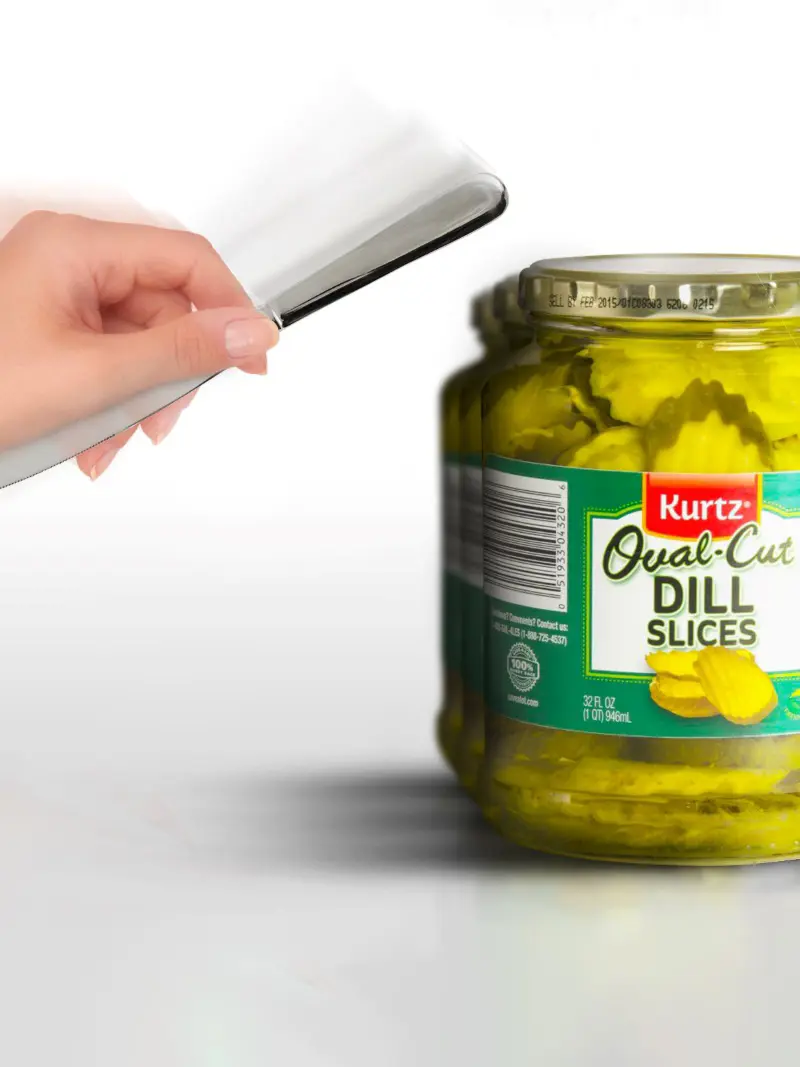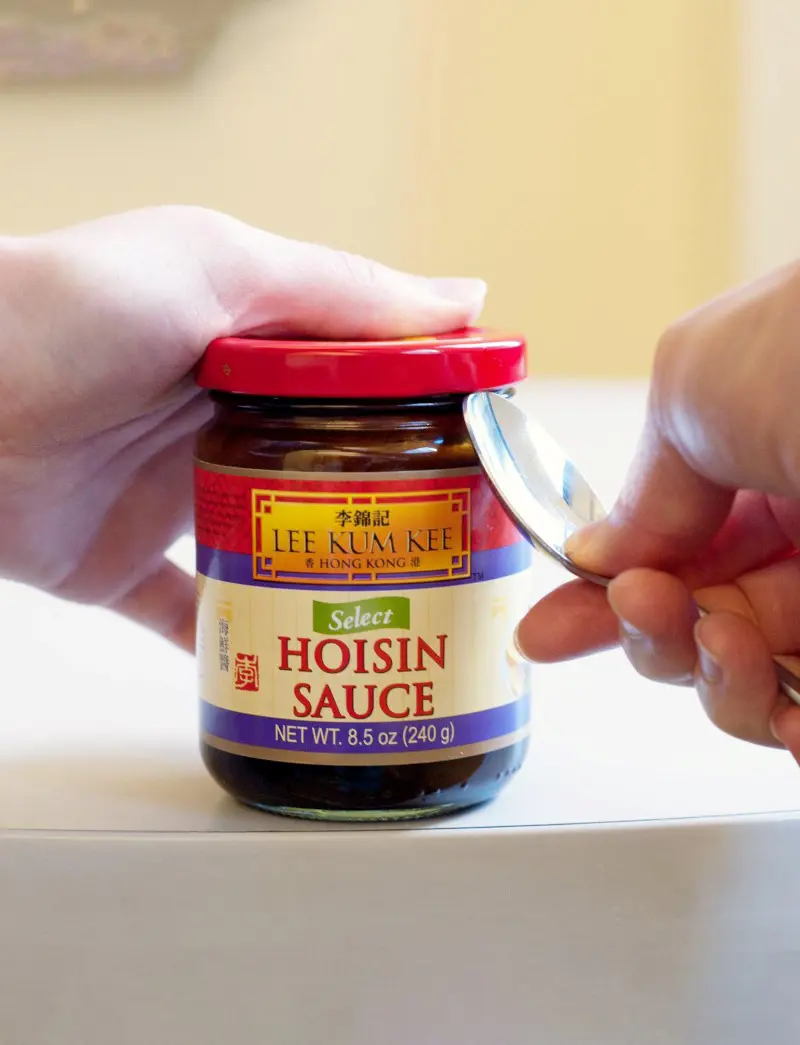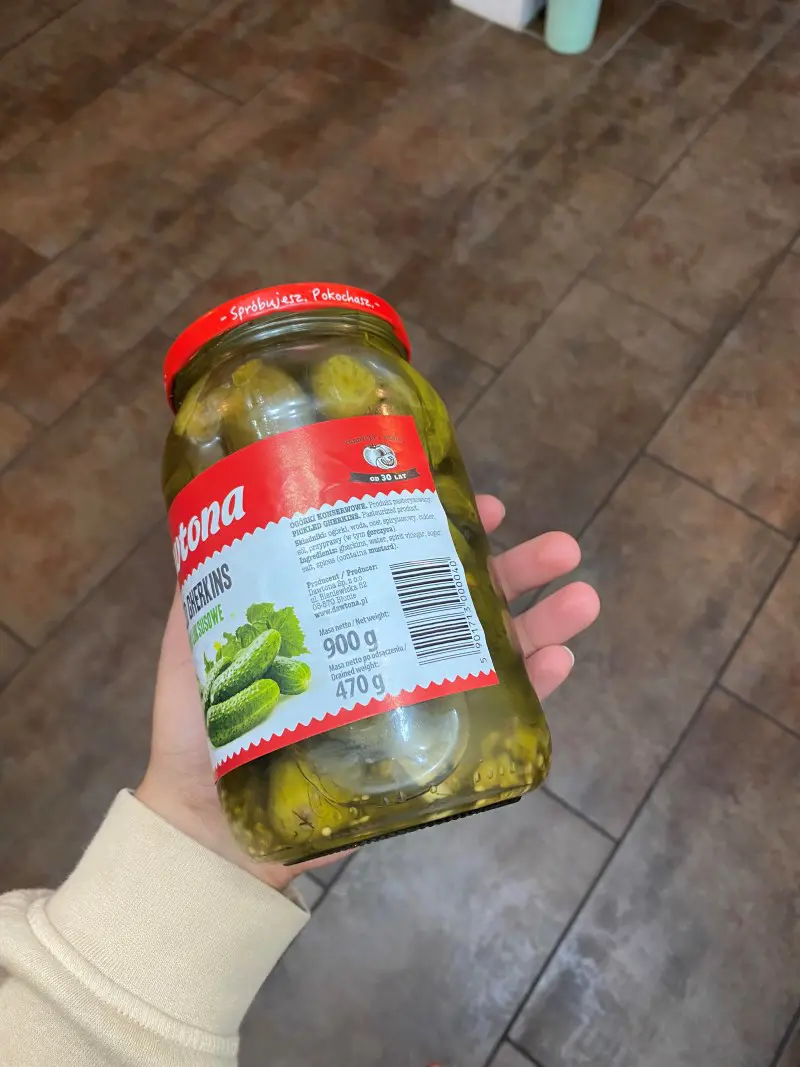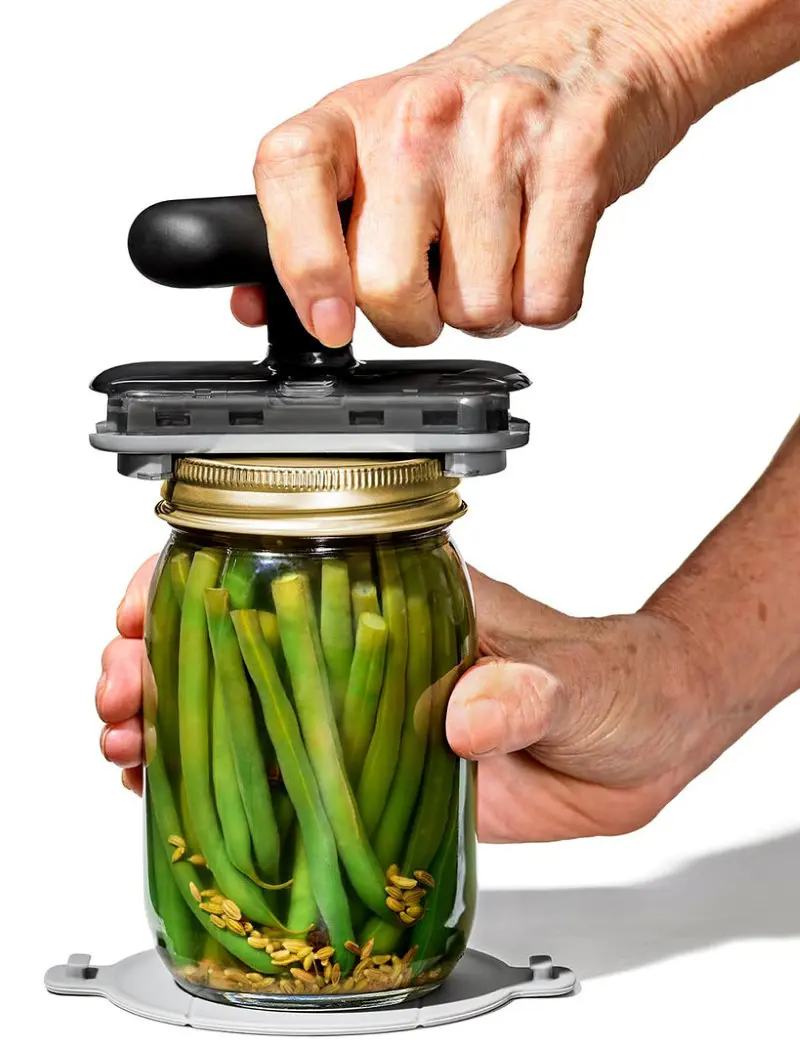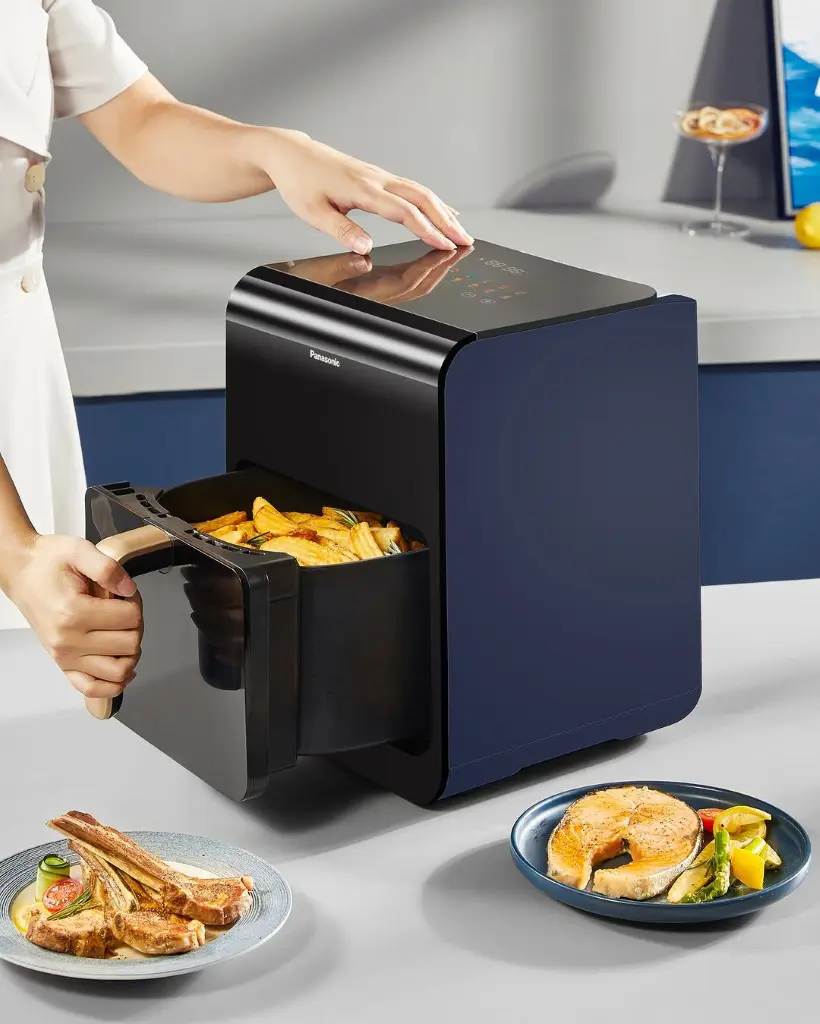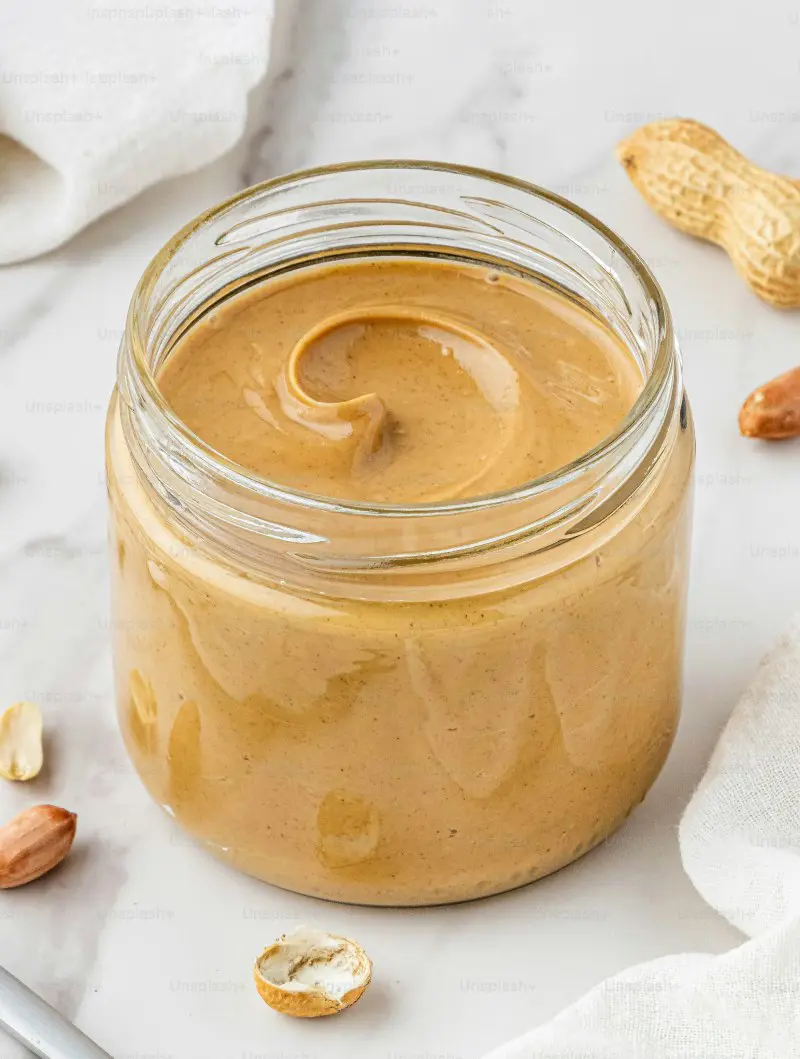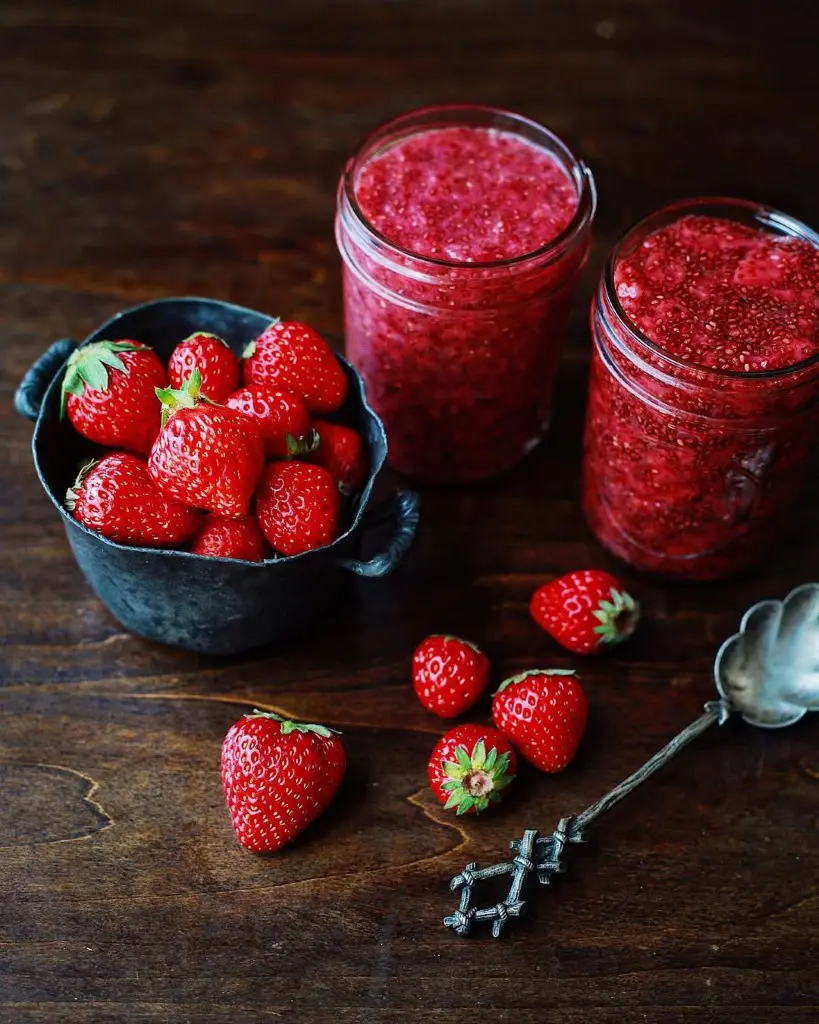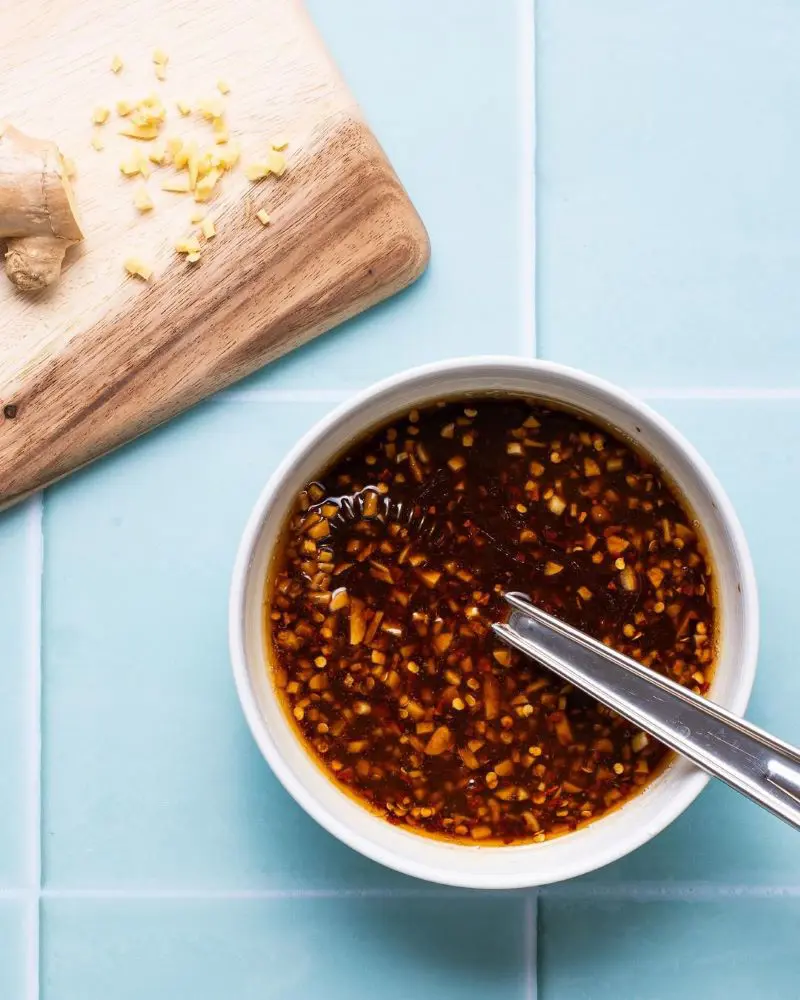1. Add A Grip
The challenge of opening a stubborn jar often comes down to insufficient grip on the smooth, unyielding lid surface.
This fundamental method focuses on creating better traction between your hand and the lid, eliminating the frustrating slip that prevents successful opening.
While it may seem obvious, proper grip enhancement is frequently overlooked in favor of more complex solutions. This technique proves especially useful for jars with metallic or plastic lids that become slippery with condensation or oil residue.
Instructions
- Survey your kitchen for suitable grip-enhancing materials - a clean, dry dish towel works best, but rubber shelf liners, silicone pot holders, or even plastic wrap can serve as effective alternatives.
- Thoroughly dry both the jar lid and your hands to eliminate any moisture that could compromise your grip.
- Position your chosen grip material over the entire lid surface, ensuring complete coverage while avoiding excess material that could bunch up.
- Grasp the jar firmly with your non-dominant hand, positioning it at a comfortable height and angle on a stable surface.
- Wrap the material snugly around the lid, creating even pressure distribution across the entire surface.
- Position your dominant hand for maximum leverage, typically with your thumb and fingers spread wide for optimal control.
- Apply steady, controlled pressure while twisting counterclockwise, maintaining consistent force throughout the motion.
- If the lid remains stubborn, readjust the grip material to ensure it hasn't shifted and try again, possibly repositioning your hands for better leverage.
